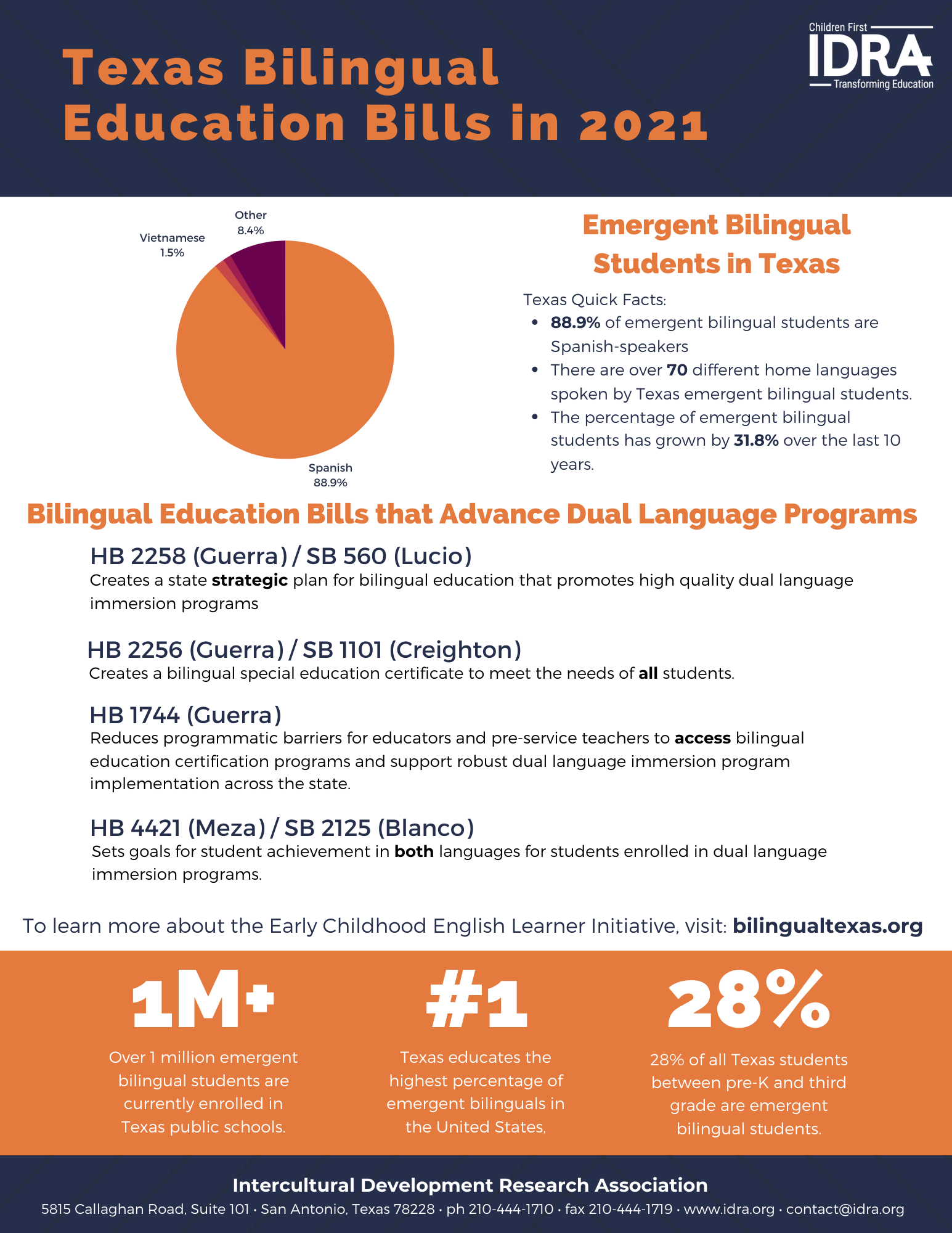
The Complexities of Texas Border Region Bilingual Education Fund
Introduction
The Texas Border Region Bilingual Education Fund (TBRBEF) is a non-profit organization established in 1986 to provide funding for bilingual education programs in the Texas-Mexico border region. The fund has been a source of controversy over the years, with supporters arguing that it provides much-needed support for bilingual education, while opponents contend that it perpetuates language barriers and undermines English language proficiency. This essay critically examines the complexities of the TBRBEF, presenting different perspectives, analyzing evidence, and reflecting on the broader implications of its work.
History and Purpose
The TBRBEF was created in response to the Texas English Only Movement, which sought to restrict the use of languages other than English in education and government. The fund's mission is to "promote and support the use of bilingual education as a means of increasing the educational opportunities for students in the Texas-Mexico border region." It provides funding for bilingual education programs, teacher training, curriculum development, and research.
Arguments in Favor of TBRBEF
Proponents of the TBRBEF argue that bilingual education is essential for the success of students in the border region. They cite research showing that bilingual students perform better academically, have higher self-esteem, and are more likely to graduate from high school and college than monolingual students. Bilingual education also allows students to maintain their cultural heritage and develop a deeper understanding of their community.
The TBRBEF has been credited with helping to improve educational outcomes for students in the border region. A 2019 study by the Texas Education Agency found that students in districts served by the TBRBEF had higher passing rates on state standardized tests in both English and Spanish than students in districts without TBRBEF funding.
Arguments Against TBRBEF
Opponents of the TBRBEF argue that it perpetuates language barriers and undermines English language proficiency. They point to research showing that bilingual education can delay students' acquisition of English skills and may lead to lower academic achievement in English-only settings. They also contend that bilingual education is unnecessary, as most students in the border region eventually become proficient in English through immersion.
Critics also argue that the TBRBEF is a waste of money and that its funding could be better spent on other educational programs. They point to the fact that bilingual education is a costly and time-intensive endeavor, and that it may not be the most effective way to improve educational outcomes for students in the border region.
Different Perspectives
The debate over the TBRBEF is complex and multifaceted. There is no easy answer to the question of whether or not bilingual education is the best way to serve students in the border region. Different stakeholders have different perspectives on the issue, and it is important to consider all of these perspectives when evaluating the TBRBEF's work.
Parents and community members in the border region have a vested interest in the education of their children. They want what is best for their children, and they often see bilingual education as a way to help their children succeed in school and in life.
Teachers and educators have a professional interest in the education of students. They want to use the most effective methods to teach their students, and they often see bilingual education as a way to reach and teach all students.
Policymakers have a political interest in the education of students. They want to find the best way to meet the needs of all students in their state, and they often have to weigh different factors, such as cost, effectiveness, and public opinion, when making decisions about funding for educational programs.
Conclusion
The TBRBEF is a complex and controversial organization. There are valid arguments both for and against its work. Ultimately, the decision of whether or not to support the TBRBEF is a matter of balancing the different perspectives on the issue and the different factors involved.
However, it is important to remember that the goal of education is to help all students reach their full potential. For students in the Texas-Mexico border region, bilingual education can be a valuable tool for achieving this goal. The TBRBEF has played an important role in providing funding for bilingual education programs, and it has made a positive impact on the lives of many students in the border region.
Join the conversation